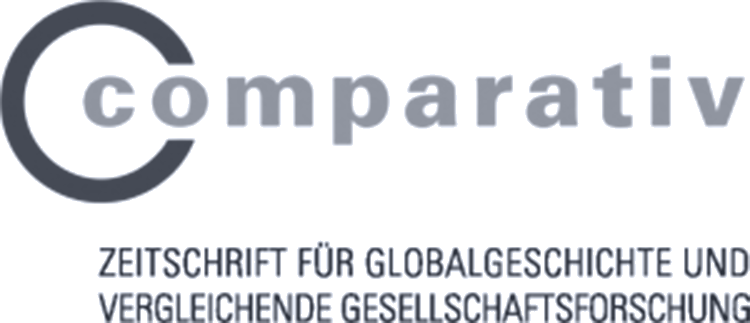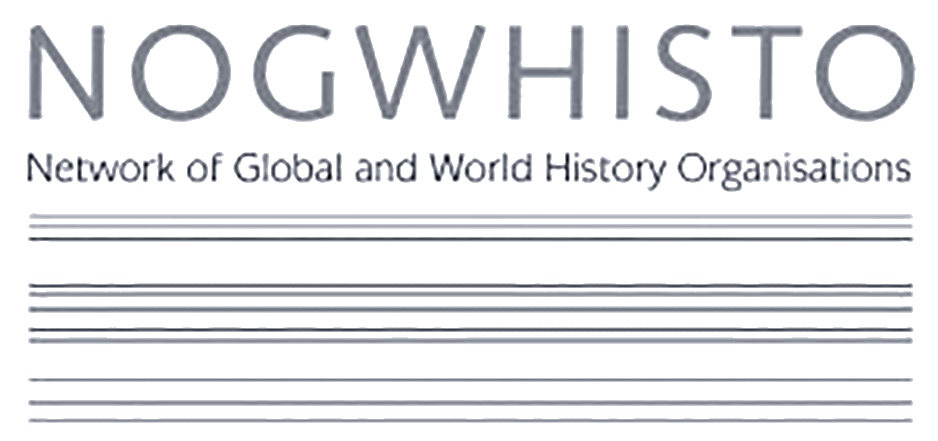Event Details
-
Date
I. Wednesday, 10th September, 14:30-16:30
-
LocationN1017 (hybrid)
-
ThemeD Multivocality in Global History
Chair
- Christoph Gümmer (Leipzig University)
Panelists
- Dickson Mangsatabam (Jawaharlal Nehru University)
- Omer Awass (American Islamic College)
- Juliette Lecorney (University of Strasbourg)
- Susan Thomas (Sree Sankaracharya University)
- Ning Chia (Central College)
Papers
-
Dickson Mangsatabam
On India's Northeastern Frontier: Forging Pangal Muslim identity in Pre-Colonial Manipur, 1597-1798 -
Omer Awass
Knowledge in Flow: Traversing the Indian Ocean and the Changing Dynamics of the Pursuit of Islamic Scholarship -
Juliette Lecorney
For a Trans-Regional Approach of the Religious History of Ancient Cambodia -
Susan Thomas
Material and the Mental: Water histories of the Syrian Christians in Malabar -
Ning Chia
Number 9 Belief in the Chinese, Mongolian and Mesoamerican Civilizations: A Historical Comparison
Abstract
Across Asia, and beyond, religions have historically transcended territorial boundaries, reshaped identities, knowledge systems, as well as cultural landscapes. The papers of this panel examine a diverse set of religious movements and exchanges through the lenses of migration, maritime networks, imperial politics, and material culture.
Dickson Mangsatabam investigates the formation of Pangal Muslim identity in pre-colonial Manipur, revealing how religious minorities integrated into regional power structures. Omer Awass examines the evolving dynamics of Islamic epistemic communities across the Indian Ocean, highlighting shifting relationships between individuals, institutions, and sacred knowledge. Juliette Lecorney critiques the India-centric lens of Cambodian religious historiography, advocating a trans-regional approach that includes Chinese and maritime influences in the transmission of Buddhism and Tantric traditions. Finally, Susan Thomas and Meenu Rabecca Rabecca trace the water-mediated religious history of Malabar’s Syrian Christians, using a “water turn” methodology to foreground religion’s embeddedness in material and emotional landscapes. Chia Ning compares the meaning of the number 9 in the Chinese, Maya and Mongolian civilizations.
Together, these papers emphasize the mobility and adaptability of religious traditions and challenge monolithic narratives by foregrounding local agency, cross-cultural networks, and multi-scalar interactions in the making of transnational religious worlds.



